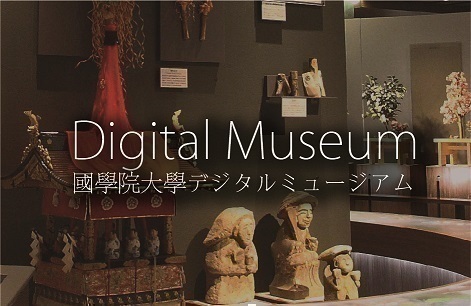- トップ
- Encyclopedia of Shinto
- Shintō Jimukyoku
Encyclopedia of Shinto
| Main Menu: | |
| Links: |
詳細表示 (Complete Article)
| カテゴリー1: | 3. Institutions and Administrative Practices |
|---|---|
| カテゴリー2: | Modern and Contemporary |
| Title | Shintō Jimukyoku |
| Text | The Shintō institute for proselytization and doctrinal research comprised of kyōdōshoku (preceptors — Shinto priests recruited to the taikyō senpu, or Great Promulgation Campaign) and established in March 1875 in the Yūrakuchō district of Tokyo. In 1872, the Meiji government created the Ministry of Religious Education (Kyōbushō), and established shrine and (Buddhist) temple priests as preceptors (kyōdōshoku) in the Great Promulgation Campaign. It also set up the Great Teaching Institute (Taikyōin) as an organization for developing propaganda and doctrinal research as well as running civic education programs (kyōka undō) based on the Three Precepts (sanjō kyōsoku). However, fractures appeared in this joint enterprise by shrine and temple priests, and these were largely a consequence of arguments for religious freedom and for the separation of state and religion advanced by Shimaji Mokurai and other Buddhist priests of the Honganji and Ōtani branches of the True Pure Land sect. On April 30, 1875, the priests of the Honganji branch of the True Pure Land sect of Buddhism left the Taikyōin and launched their own propaganda movement. It was in response to this situation that shrine priests now created the Shintō Jimukyoku (Shinto Office) as a replacement for the Taikyōin. They published a Statement of Intent and an Institute agenda. Their overriding concern was to devote themselves to the launch of a nationwide propaganda program that located the Grand Shrines of Ise as the national center of Shinto, fully incorporating all other shrines in the land. The Shintō Jimukyoku's newly constructed shrine enshrined the three creator deities, Amenominaka nushi no kami, Takami musubi no kami, Kamimusubi no kami, as well as Amaterasu Ōmikami. However, Senge Takatomi, the leader of one of two major factions within the Shintō Jimukyoku and the chief priest at Izumo shrine at the time, insisted that Ōkuninushi no kami also be enshrined there. The faction headed by the chief priest of the Grand Shrines of Ise, Tanaka Yoritsune, vigorously opposed the idea, and this disagreement developed into the so-called pantheon dispute (saijin ronsō). This unprecedented dispute was so bitter that it divided the Shinto preceptors (kyōdōshoku) into Ise and Izumo factions, and eventually involved the government as well. A solution was only found when, in February 1883, an imperial command determined that the kami to be venerated in the Shintō Jimukyoku were those venerated in the three shrines of the imperial palace: namely, the kami of heaven and earth, Amaterasu Ōmikami and the ancestral spirits. This solution marked a new stage in the life of the Shintō Jimukyoku. Imperial Prince Arisugawa Taruhito was brought in as head preceptor (kyōdōshoku sōsai), with Iwashita Masahira, the chief of the genrōin (Chamber of Elders), as his assistant. The raison d'être of the Shintō Jimukyoku evaporated, however, in January 1882 when shrine priests were banned from participating in propaganda activities, and the training of priests (shinkan) was passed over to the new Kōten Kōkyūjo. In 1884, moreover, the propaganda program was abandoned completely, and Inaba Masakuni became director. Two years later, the office had a new lease of life under the name of Shintō Honkyoku, when it won recognition from the government as a Shinto sect. The present-day Shinto sect known as Shintō Taikyō began life as this Shintō Honkyoku. — Sakamoto Koremaru |




